springhouse at Paradise Springs: by gracious permission of Mike Rice, Eagle Historical Society @ http://eaglehistoricalsociety.org/?page_id=5
ca. 1910 photo of water-driven turbine built at east side of dam by L.D. Nichols in 1900s to electrify the site: Paradise Springs Self-Guide Nature Trail, page 9, @ https://dnr.wisconsin.gov/topic/parks/kms/maps
view from terrace of Rock Bottom Restaurant and Brewery: (vincent desjardins), CC BY 2.0, via Flickr @ https://www.flickr.com/photos/endymion120/4743909231/
Wisconsin's prominent Pabst family numbered among owners of Paradise Springs: 1900-1912 glass negative by Detroit Publishing Co. Collection, Public Domain, via Library of Congress Prints/Photographs Division @ https://www.loc.gov/pictures/item/2016801931/
"Minnehaha feeding birds", c1880 oil on canvas by Frances Anne Hopkins (2/2/1838-3/5/1919), Minnesota Historical Society: Public Domain, via Wikimedia Commons @ http://en.wikipedia.org/wiki/File:Minnehaha_Feeding_Birds.jpg
Menomonee Park, formerly Lannon Springs Quarry: Jim Bauer, CC BY-ND 2.0, via Flickr @ https://www.flickr.com/photos/lens-cap/8114553211/
storm clouds over Kettle Moraine Low Prairie (SNA No. 88), a few miles north-northwest of Paradise Springs: Wisconsin Department of Natural Resources, CC BY ND 2.0, via Flickr @ http://www.flickr.com/photos/71295177@N06/6583082891/
IntoWisOutdoors, "# 4,...Paradise Springs!," YouTube, July 8, 2009, @ https://www.youtube.com/watch?v=oW-0Roevq9A
Mitten Farm, dating from ca. 1848, in autumn with stand of birch trees: B Garrett (newagecrap), CC BY 2.0, via Flickr @ https://www.flickr.com/photos/billgarrett-newagecrap/3023872794/
1899 illustration by George Frederick Kunz (Sept 29, 1856–June 29, 1932) of Tiffany and Company; W.H. Hobbs, "Emigrant Diamonds" (November 1899), page 75: Public Domain, via Internet Archive @ https://archive.org/details/popularsciencemo561900newy/page/75/mode/1up?view=theater
Common forms of diamonds; W.H. Hobbs, "Emigrant Diamonds" (November 1899), page 85: Public Domain, via Internet Archive @ https://archive.org/details/popularsciencemo561900newy/page/81/mode/1up?view=theater
Clausing Barn: octagonal (8-sided) barn built c1897 by Ernest Clausing: B Garrett (newagecrap), CC BY 2.0, via Flickr @ https://www.flickr.com/photos/billgarrett-newagecrap/2086289655/
Raspberry School, Old World Wisconsin: Randen Pederson, CC BY 2.0, via Wikimedia Commons @ https://en.wikipedia.org/wiki/File:OldWorldWisconsinRaspberrySchoolHouse.jpg
Quadracci Pavilion: Ken Ilio (Flipped Out), CC BY 2.0, via Flickr @ https://www.flickr.com/photos/kenilio/118575655/
Great Spangled Fritillary (Speyeria cybele) on Swamp Milkweed (Asclepias incarnata); Page Creek Marsh State Natural Area: Joshua Mayer (wackybadger), CC BY-SA 2.0, via Flickr @ https://www.flickr.com/photos/wackybadger/7189433796/
brook trout (Salvelinus fontinalis) swims in native stream: Eric Engbretson/US Fish and Wildlife Service, Public Domain, via USFWS Digital Library @ https://digitalmedia.fws.gov/digital/collection/natdiglib/id/7908


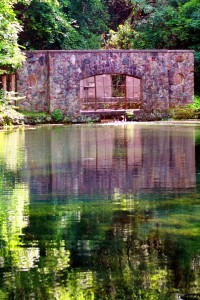
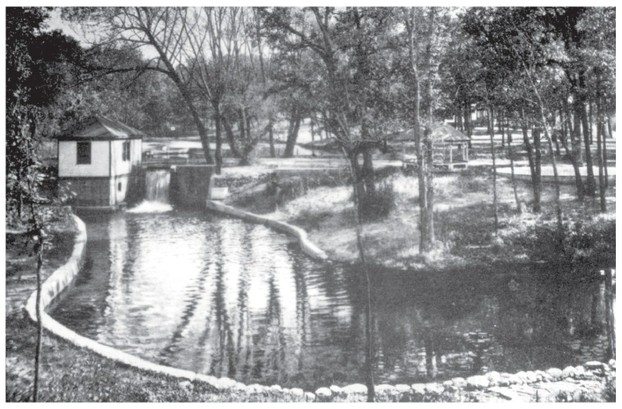
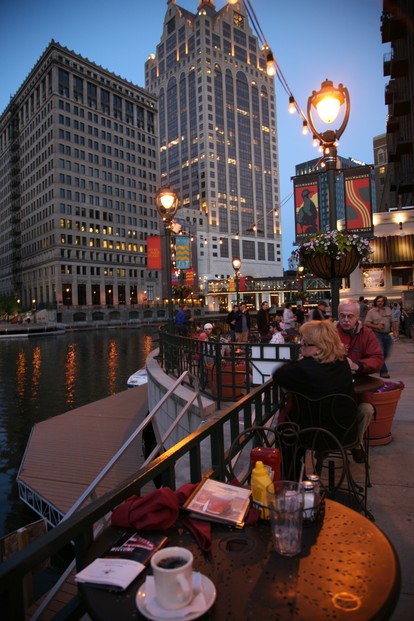
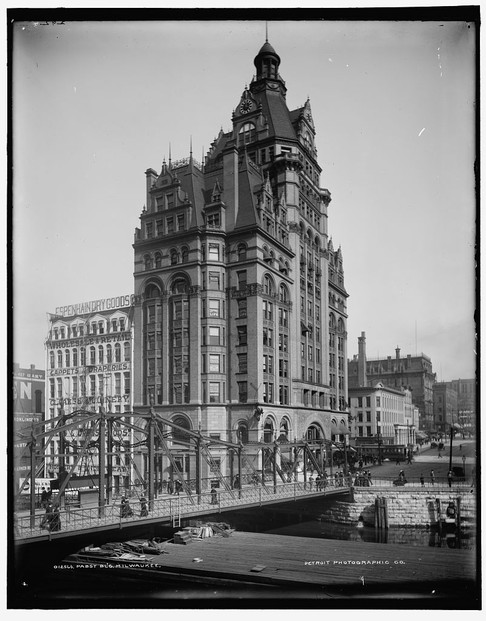
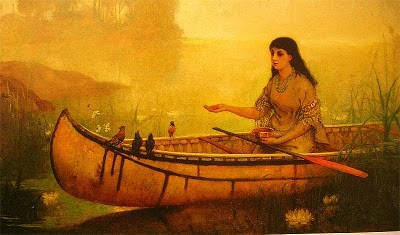
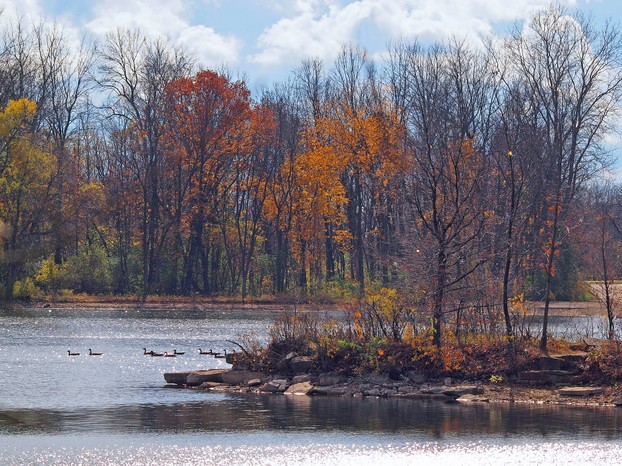
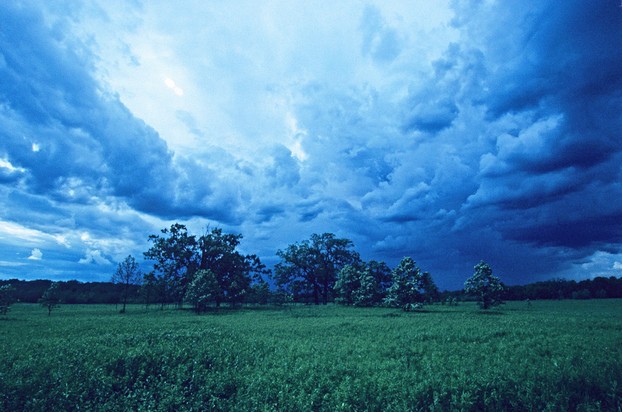
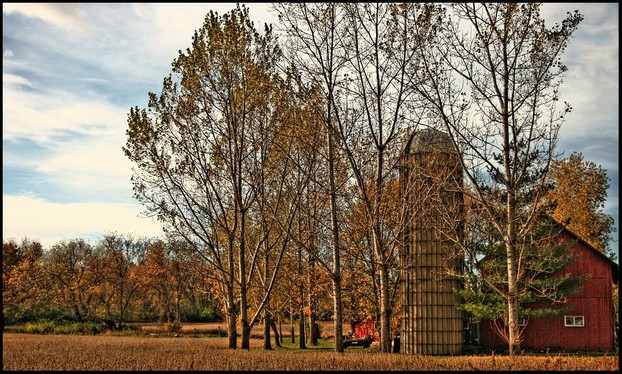
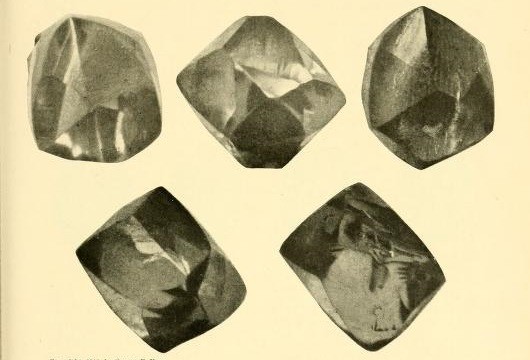
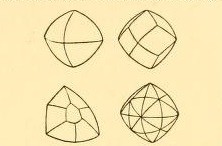
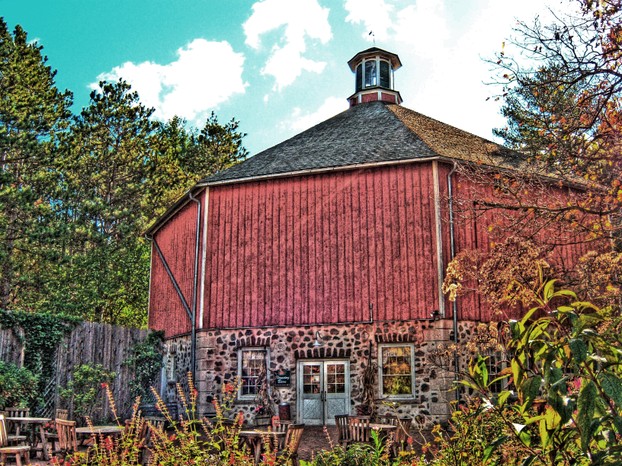
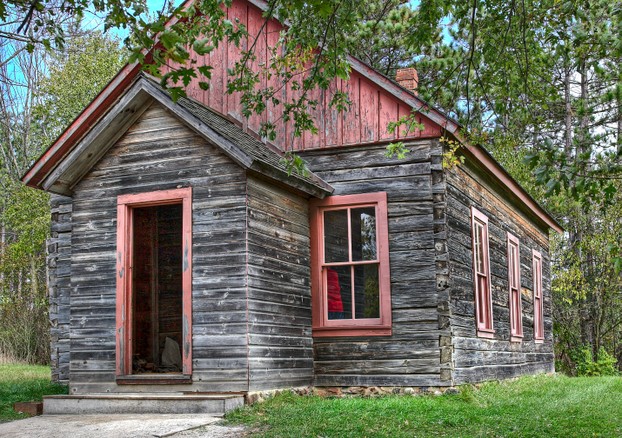
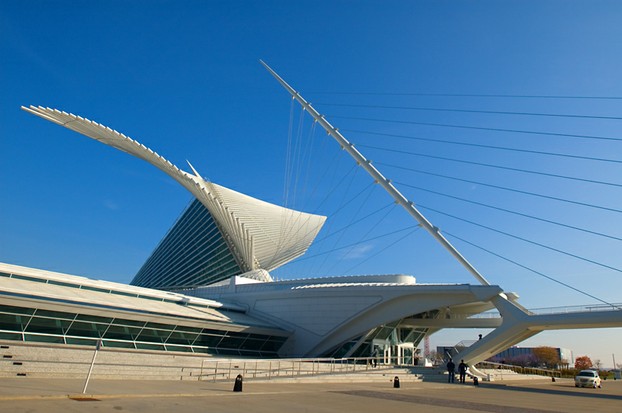
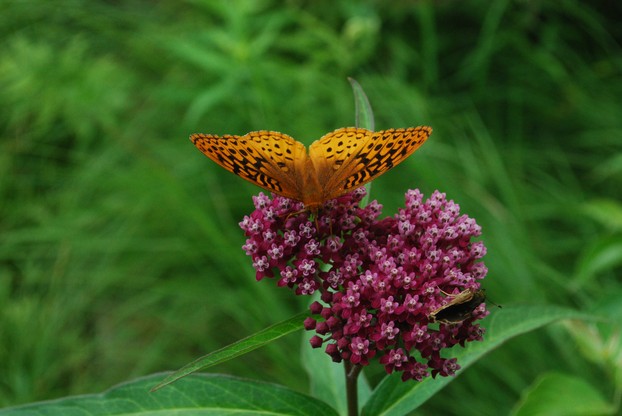
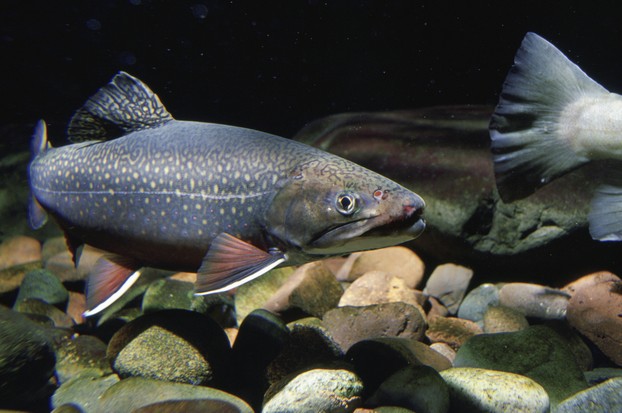




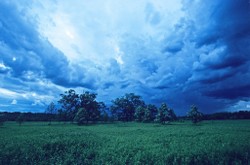

 Are Hawaiian Huakai Po Nightmarchers Avenging Halloween Thursday?on 10/02/2024
Are Hawaiian Huakai Po Nightmarchers Avenging Halloween Thursday?on 10/02/2024
 Mailing Addresses for 2023 Form 4868 Extending 1040 and 1040SR April 15, 2024, Due Dateon 04/15/2024
Mailing Addresses for 2023 Form 4868 Extending 1040 and 1040SR April 15, 2024, Due Dateon 04/15/2024
 Mailing Addresses for 2023 Forms 1040 and 1040SR Filed in 2024on 04/15/2024
Mailing Addresses for 2023 Forms 1040 and 1040SR Filed in 2024on 04/15/2024
 Mailing Addresses for 2022 Form 4868 Extending 1040 and 1040SR April 18, 2023, Due Dateon 04/13/2023
Mailing Addresses for 2022 Form 4868 Extending 1040 and 1040SR April 18, 2023, Due Dateon 04/13/2023

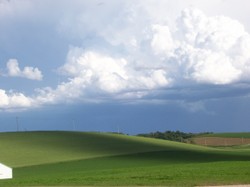
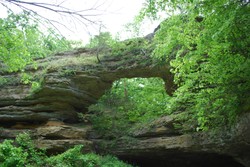
Comments
MikeRobbers, The name does indeed fit! In addition to all the paradisiacal wonders, it is always a treat to know that visitors will not be tripping over each other or staff. It's wonderful to know that you can enjoy a picnic lunch with family and friends before and/or after a visit that is as paced as you want it. Thank you for visiting and commenting.
Paradise springs indeed! Such a fitting name :) Another visually beautiful article Derdriu. Thanks!